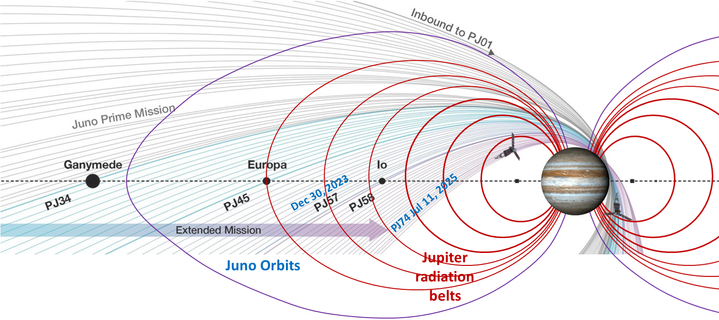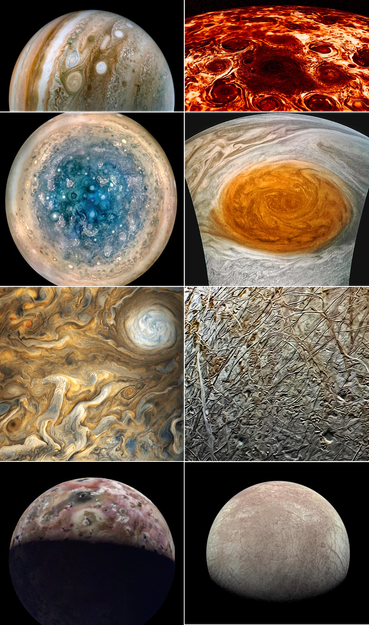In an IEEE conf. last week, NASA engrs explained how they fixed the Juno spacecraft’s failing camera in late 2023 by heating and slow-cooling (annealing) its electronics.
After 8 years in Jupiter's radiation belts, JunoCam image quality deteriorated.
Engrs suspected a radiation-damaged voltage regulator. JunoCam was heated to 77F and much higher in a later step. And the images got clearer!
Annealing can change the crystal structure of materials incl silicon chips.


